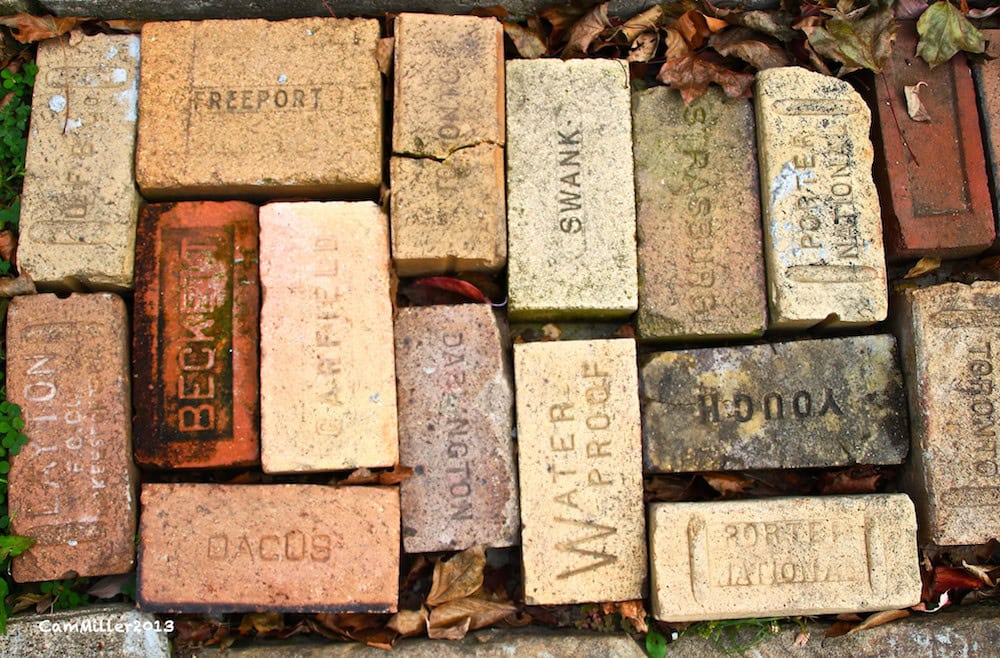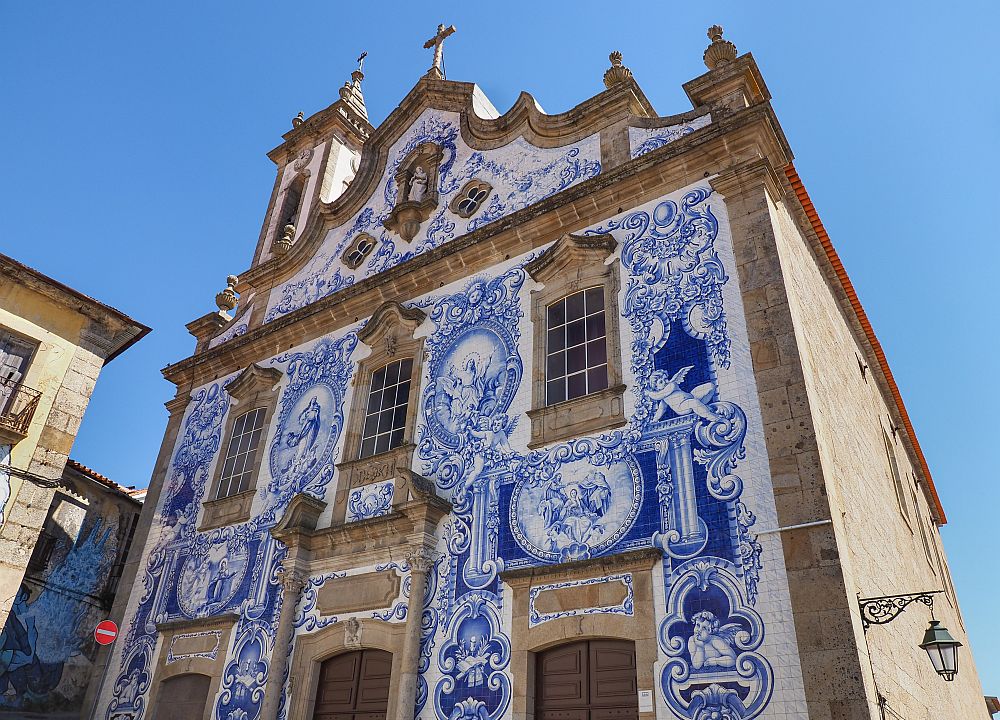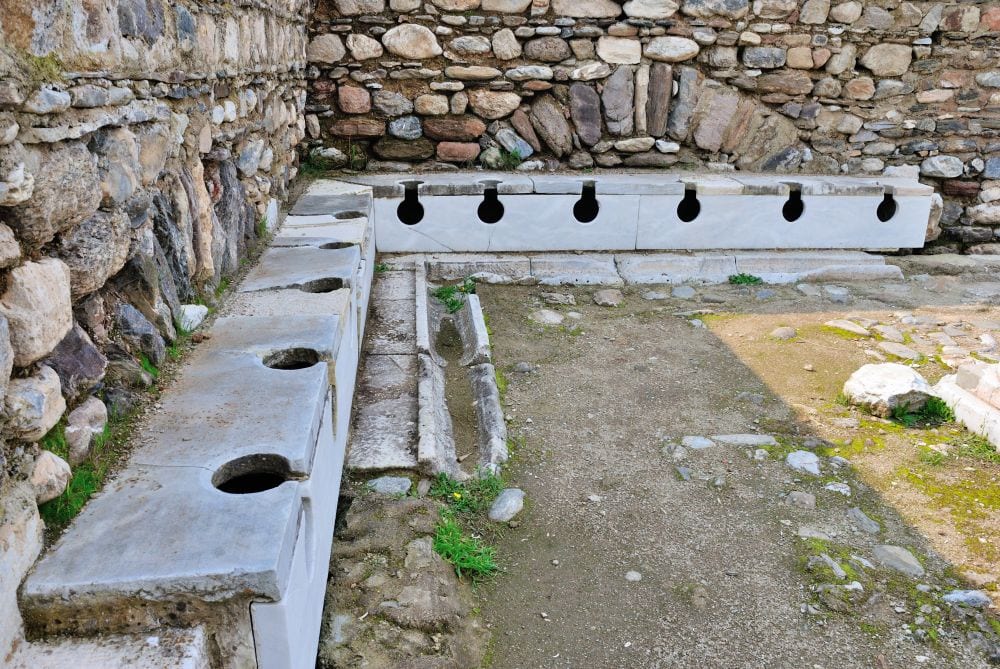
[Image above] A brick can be a small red clay building unit—but it can be many other colors and materials as well. Credit: Cam Miller, Flickr (CC BY-NC-ND 2.0)
As I am sure anyone who frequents YouTube has discovered, the ever-present recommendations list can lead you down some pretty strange rabbit holes (especially recently).
During one of my recent forays into recommended animated adaptations of common fables, I noticed a similarity across versions of The Three Little Pigs beyond just the basic plot.

YouTube credits: (left) Fairy Tales and Stories for Kids; (center) Cocomelon – Nursery Rhymes; (right) Super Simple TV – Kids Shows & Cartoons
In each version, the third little pig used red bricks to build his house!
But bricks are not always red, as yet another animated example attests.

Credit: TJ Toys and Games, YouTube
Even though bricks have been used as a building material for thousands of years, many homeowners who are looking to ditch vinyl are surprised to find there are many types of bricks to choose from, and not all of these bricks are made of clay.
If a brick is defined by neither a reddish color nor consisting of clay, what is a brick then?
Clay brick, ash brick, red brick, grey brick
Traditionally, the term brick referred to a small unit of building material consisting primarily of clay. The mineral content of the clay would determine the brick’s color—clays rich with iron oxide would turn reddish, while clays containing a lot of lime would have a white or yellow hue.
In current times, the definition of brick has expanded to refer to any small rectangular building unit that is joined to other units via cementitious mortar (larger building units are called blocks). Clay is still one of the main brick materials, but other common materials are sand and lime, concrete, and fly ash.
Sand lime bricks
Calcium silicate bricks, popularly known as sand lime bricks, contain high amounts of sand—about 88–92 percent. The remaining 8–12 percent is mainly lime. Unlike traditional clay bricks, which are fired in kilns, sand lime bricks are formed when the constituent materials bond together by a chemical reaction that occurs as the wet bricks dry under heat and pressure.
Compared to other bricks, sand lime bricks are more uniform in color and texture, and they require less mortar to be held together. However, they cannot resist water nor fire for longer periods of time, so they are not suitable for laying foundations nor building furnaces.

Concrete bricks
Compared to clay bricks, concrete bricks offer much more in the way of design options. Concrete bricks can be easily formed in a variety of shapes—squares, triangles, octagons—and pigments can be added to change a concrete brick’s color. Additionally, concrete bricks have superior acoustic insulation compared to clay.
These advantages make concrete a good choice for aesthetic purposes. However, if you want a sturdy material that lasts, then clay bricks may be a better option. Concrete shrinks over time while clay expands, ultimately giving clay brick walls a tighter seal than walls made of concrete bricks. Additionally, clay bricks have better thermal insulation, which can result in significant energy cost savings over time.

Credit: Pixabay
Fly ash bricks
Fly ash is a byproduct of burning coal, and it can have harmful health and environmental impacts. As such, there are many ongoing efforts to keep fly ash from entering the environment, including careful disposal or reuse in other products, such as bricks.
Fly ash bricks consist mostly of fly ash and cement. They weigh less than concrete and clay bricks and, due to low absorption rates, withstand heat and water quite well. However, high concentrations of fly ash in the brick can result in extended set times and slower strength development during brick construction.

Credit: Praveenvatsa, Wikimedia
Of course, these brick types are not set in stone (even if the bricks themselves are). These are samples of common materials used to create bricks, and researchers often experiment with modifying levels of clay, sand, lime, fly ash, cement, and other materials in any given brick to find combinations with optimal properties.
Building bricks for extreme weather
As temperature extremes increasingly become the new normal, building materials will need to handle more severe freeze–thaw cycles. Are bricks up for the challenge?
Recent research by Teresa Stryszewska and Stanisław Kańka, civil engineering professors at Cracow University of Technology in Poland, looked at how bricks in masonry structures of significant historical value have handled cyclic freezing and thawing over the past 70 years.
They found both frost resistance and frost damage of bricks are the result of several factors, including mineral composition, structure of porosity, and mechanical strength. Of these factors, porosity structure is the dominate influence.
“It has been demonstrated that bricks with a relatively high share of pores with diameters smaller than 1 µm in the total population of pores undergo frost damage; i.e., they are characterised by a lack of frost resistance,” the researchers explain in the paper. “Under the influence of cyclical freezing and thawing in actual conditions, these bricks undergo damage but the form of the damage, i.e., cracking, flaking or powdering, depends above all on the structure of porosity, i.e., the fraction of pores of specific diameters.”

Macroscopic and microscopic views of surface damage experienced by bricks as a result of cracking. A brick’s porosity structure determines the damage it will experience during cyclic freezing and thawing. Credit: Stryszewska and Kańka, Materials 2019, 12(7) (CC BY 4.0)
The purpose of Stryszewska and Kańka’s study was to find ways to predict durability of brick materials—the goal is to protect, not replace, original materials in historical sites after all. However, knowing the effect of porosity structure on a brick’s ability to handle freeze–thaw cycles is useful knowledge for constructing bricks that can better handle our increasingly severe freeze–thaw cycles as well.
What brick would you choose?
At the time James Orchard Halliwell published “The Nursery Rhymes of England” collection in 1886, people probably took it for granted that The Three Little Pigs would build a bright red brick house—at that time, London architects were choosing bright red bricks to make buildings more visible in heavy London fog. But in current times, sand lime, concrete, and fly ash are also highly likely to have been the third pig’s brick of choice.
As last Friday’s CTT article showed, sometimes fiction provides the best way to teach materials science concepts. So, if you were the third pig, which brick would you choose? And make sure to consider porosity structure while you’re at it!
The open-access paper, published in Materials, is “Forms of damage of bricks subjected to cyclic freezing and thawing in actual conditions” (DOI: 10.3390/ma12071165).
Author
Lisa McDonald
CTT Categories
- Construction
- Education


